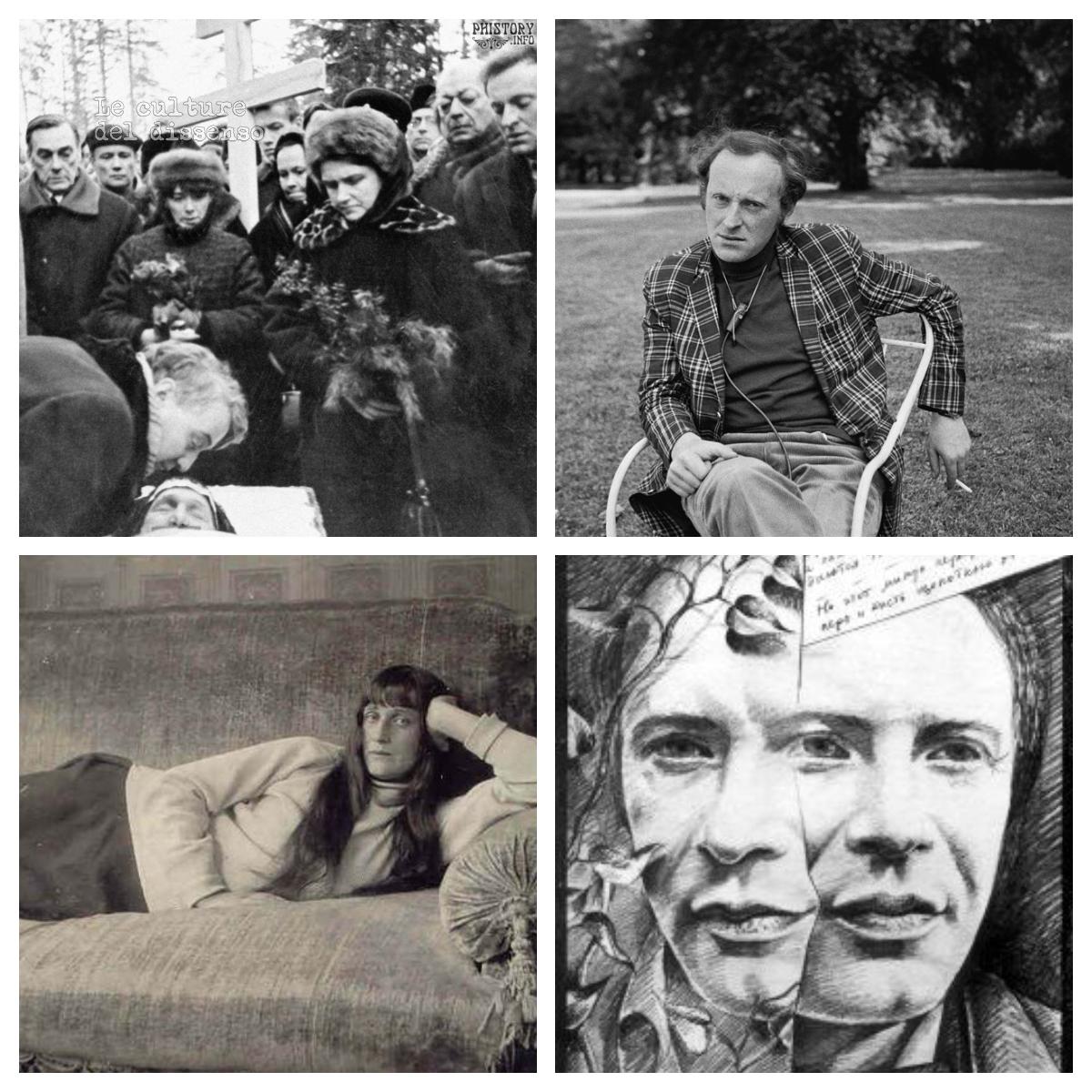
05 Feb [Leningrad] Anna Akhmatova house
Period:
First half of the Sixties
Place:
Leningrad
Participants:
Iosif Brodsky, Dmitry Bobyshev, Anatoly Nayman, Evgeny Reyn, Viktor Krivulin, Sergey Dovlatov and others.
Descripition:
Anna Akhmatova’s last house in Leningrad was on Lenin street number 34, where, in a shared flat, the writer had a bedroom that she used also as a study. Precisely right there, poets and writers gathered quite regularly, as they considered this last alive spokeswoman of the Silver Age as the unique model they could refer to.
Among these young habitués we need to mention those who, after Akhmatova’s death occurred in 1966, would have gone down to history as ‘Akhmatova’s Orphans’ (Akhmatovskie siroty): Dmitry Bobyshev, Anatoly Nayman, Evgeny Reyn and Iosif Brodsky.
The most well-known among them is certainly Brodsky, but for stylistic reasons the closest poet to her was probably Bobyshev, the creator in a later article of the successful denomination ‘Akhmatovskie siroty’.
However, each of the four poets was deeply influenced by Akhmatova’s personality and activity, as during the first decade of the XX century she was the leading figure of the Acmeist Movement with her first husband Nikolay Gumilyov, shot by the Bolsheviks in 1921. The same Bobyshev remembers: “It was the meeting with a real culture. (…) Somehow Akhmatova was able to make us understand that thanks to her we could feel the global culture in its tangible reality, along with its past and even with its future”.
After all the relationship of affection and esteem between them was mutual, to the point that in 1962 the matron of Russian poetry chose as personal literary secretary one of the four young men, Anatoly Nayman, with whom she made several translations (including the Canti by Giacomo Leopardi).
The ‘orphans’ were close to Filologičeskaja škola members, although actually more by a friendship connection than by an artistic fellowship. The orphans represent what was described as the «neo-Acmeist line». It was an association with well-defined stylistic features, that were distant from the original experimentalisms made by poets and writers of the age like Vladimir Erl, Kostantin Kuzminsky or Aleksandr Kondratov.
References:
V. Dolinin, B. Ivanov, B. Ostanin (sost.li),Samizdat Leningrada. Literaturnaja ėnciklopedija, NLO, M. 2003, p. 84.
K. Kuz’minskij,…i novatory, http://kkk-bluelagoon.ru/tom2b/nov.htm (06/2018).
E. Rejn, Mne skučno bez Dovlatova, Sankt-Peterburg 1997.
M. Sabbatini, «Quel che si metteva in rima»: cultura e poesia underground a Leningrado, Europa Orientalis, Salerno 2008, pp. 57-60.
[Federico Iocca]
[23/6/2018]
[Translation by Diletta Bacci]





